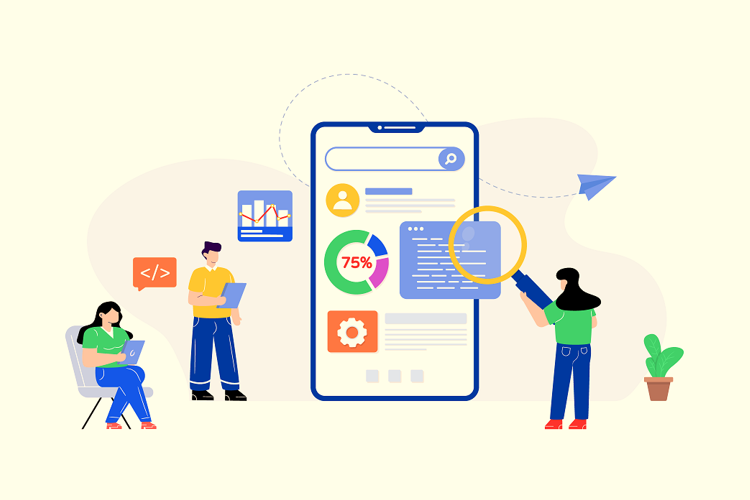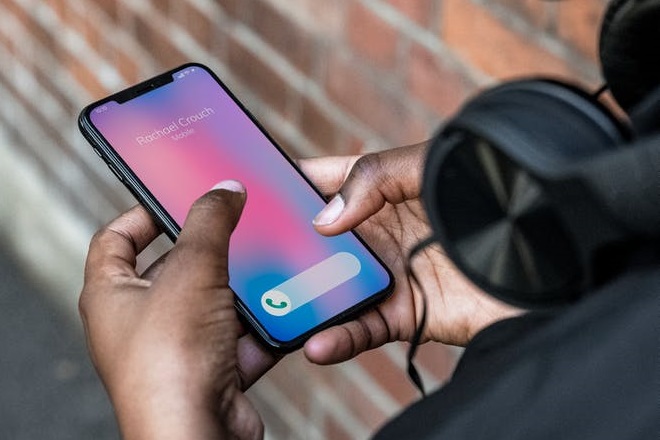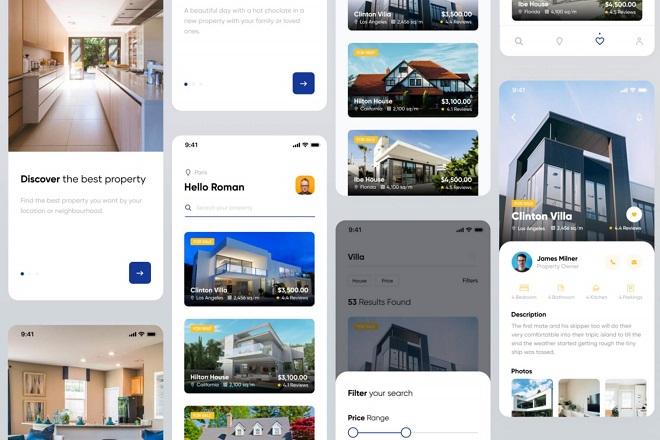One of the critical goals of any mobile app development organization is expansion. Seeing their mobile applications grow and enter new markets indicates success. However, this comes with challenges like learning to engage with various cultures, adapting applications to support localizations and languages, and expanding IT infrastructure to new regions.
Hence it is essential to effectively test your mobile applications when you release them into new markets. Let’s see what role mobile app testing plays for helping expansion of international markets.
Why Expand Internationally?
The numbers are the core reason you must consider expanding your mobile application’s presence. As of Aug 22, 2022, according to a report by Statista, smartphone users globally exceeded six billion. China and India continue to lead the smartphone user ranking, while smartphone penetration was highest in North Korea and Japan. Reports also suggest growth opportunities for Smartphones in parts of Africa with high populations like Ethiopia, Congo, Egypt, Kenya, Nigeria, and Tanzania.
Translation: A Significant Shortfall
There are a plethora of apps that users can choose from in the various app stores. The reasons why a user may select a specific app over another vary; however, one of the reasons is the lack of language translation. Translation for your app is a minimum requirement if you want to expand to international markets. A good translation can increase your app’s download percentage. Here are some other aspects to keep in mind when it comes to translation:
- Remember to always translate the app store description text.
- Consider fonts and word lengths as they differ by language and country.
- Check the font size popular in each country and adjust yours accordingly.
- Color themes vary and can carry subtle meanings, ensuring you do your research.
- Research UI standards in the countries you want to release your app.
To ensure your app performs well, you must have a testing strategy for
User Acceptance
Pilot rollouts can significantly help your international mobile app testing efforts; this involves giving a subset of your users from specific target markets access to your app. The goal is to have your users use the app, test its features and usability, identify bugs, and give you essential feedback.
Involving users this way will help you address issues before officially rolling out your app to the international audience. Remember to provide tools for users to submit their feedback and mobile app testing tools for your teams to collect, analyze, and fix the issues.
Ongoing A/B Testing
Once your app is international, your journey doesn’t stop there. You must be cautious each time you roll out a new update in the market. A/B testing will help you ensure your new features work well. A/B testing involves introducing new features to a select group of users; this helps limit risks and gives you valuable feedback that you can use to improve your app for a larger international audience.
Deep Performance Testing
Building apps for an international audience means targeting various time zones with varied user behavior. These things have a significant impact on your back-end services. Ensure your international app testing strategy includes simulated back-end user loads to avoid issues. These user loads should measure aspects of your app like:
- App notifications – are they accurate as per time zone and region?
- User loads should mean single-user experiences.
- Multi-user tests where a significant number of users execute transactions simultaneously.
- Battery usage testing
- Network performance: 3G, 4G, LTE, and Wi-Fi
The aim is to understand when and how these user loads affect performance. You can base these on precise measurements regarding requests per second, effect on end-to-end response times, and transactions per second.
Security and GDPR
Regardless of the application, a testing strategy is not complete without making preparations from security. Tests like data injection tests, automated penetration tests, malware analysis, data recovery, and encryption effectiveness tests are all essential and are a requirement in certain countries. Your testing strategy must consider regional needs, local network security issues, counterfeit devices, and regional hacking expertise.
The GDPR (General Data Protection Regulation) also requires all mobile app developers to improve their end-to-end mobile testing and data protection capabilities. If you don’t meet these requirements set by the GDPR, it can result in hefty fines. They can also prevent you from doing business in these particular international areas.
Get Started
It is essential to scale your app to international markets to ensure organizational growth. However, this is a challenging task since you will interact with a new demographic of audience, language, and user expectations.




